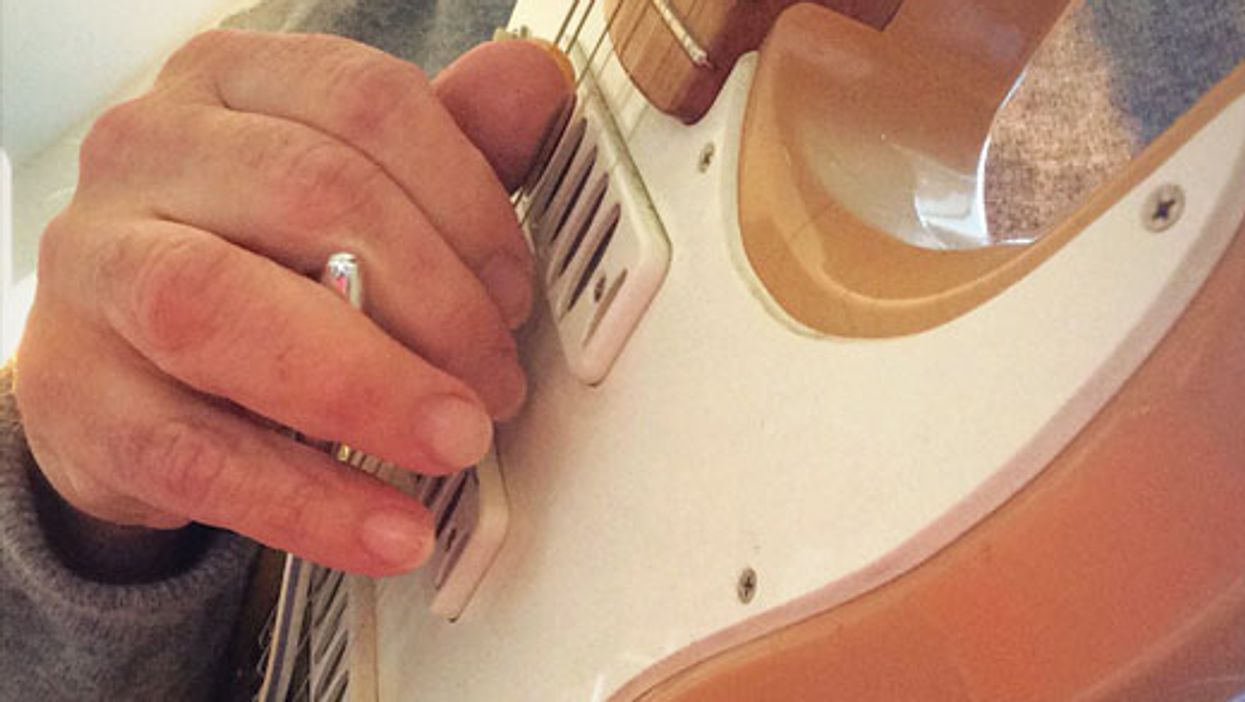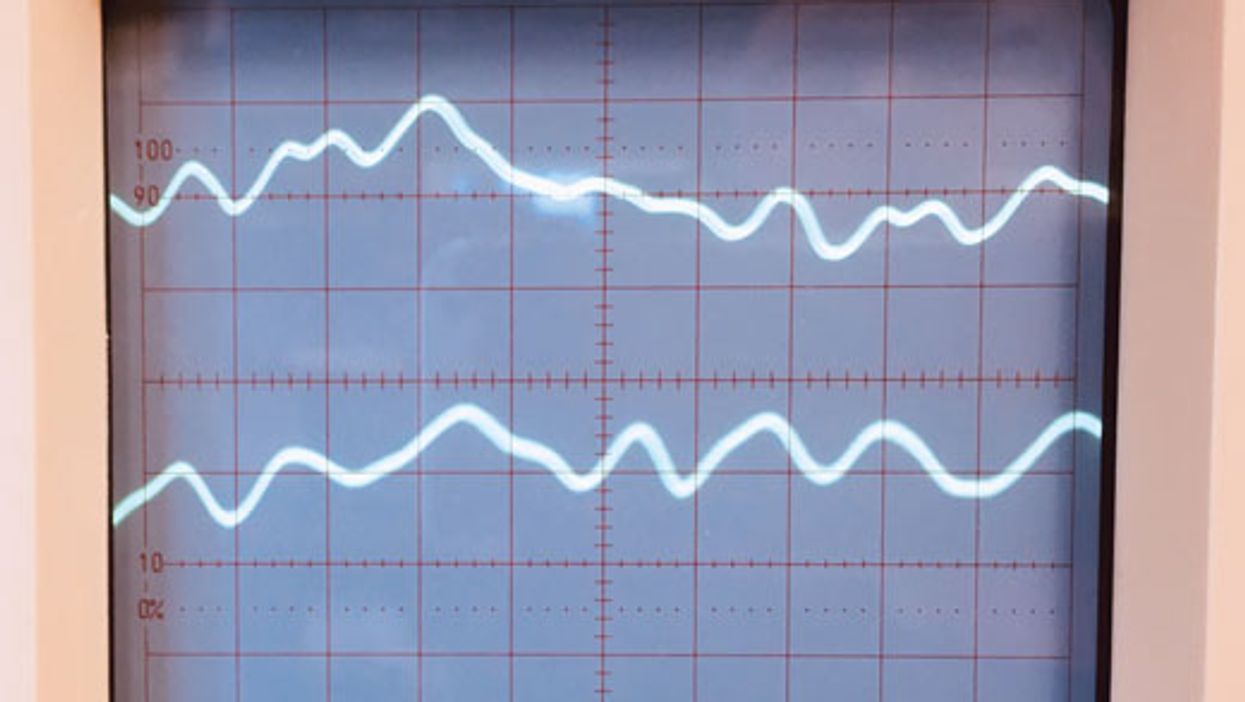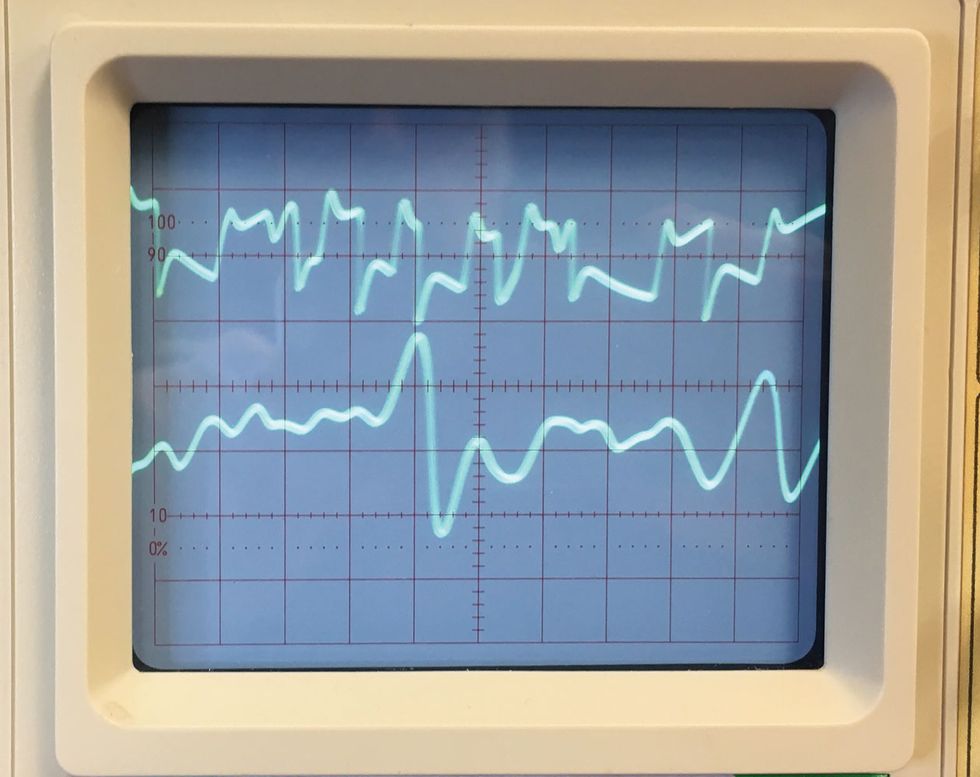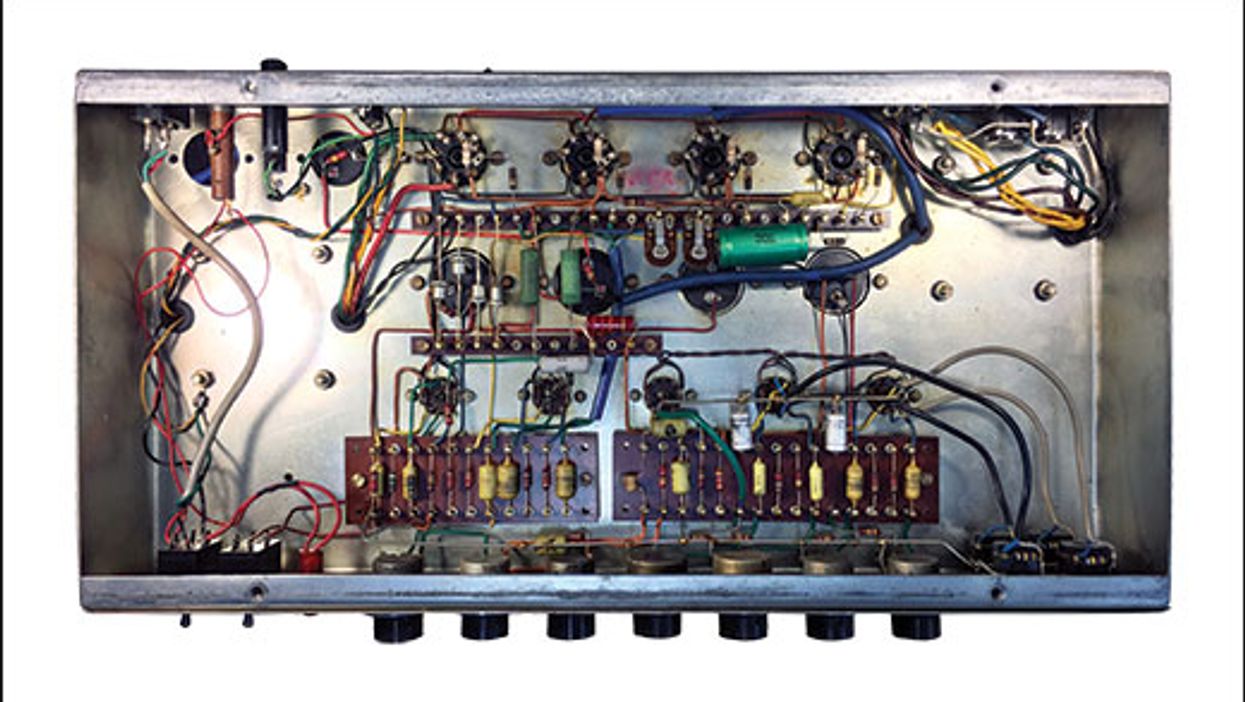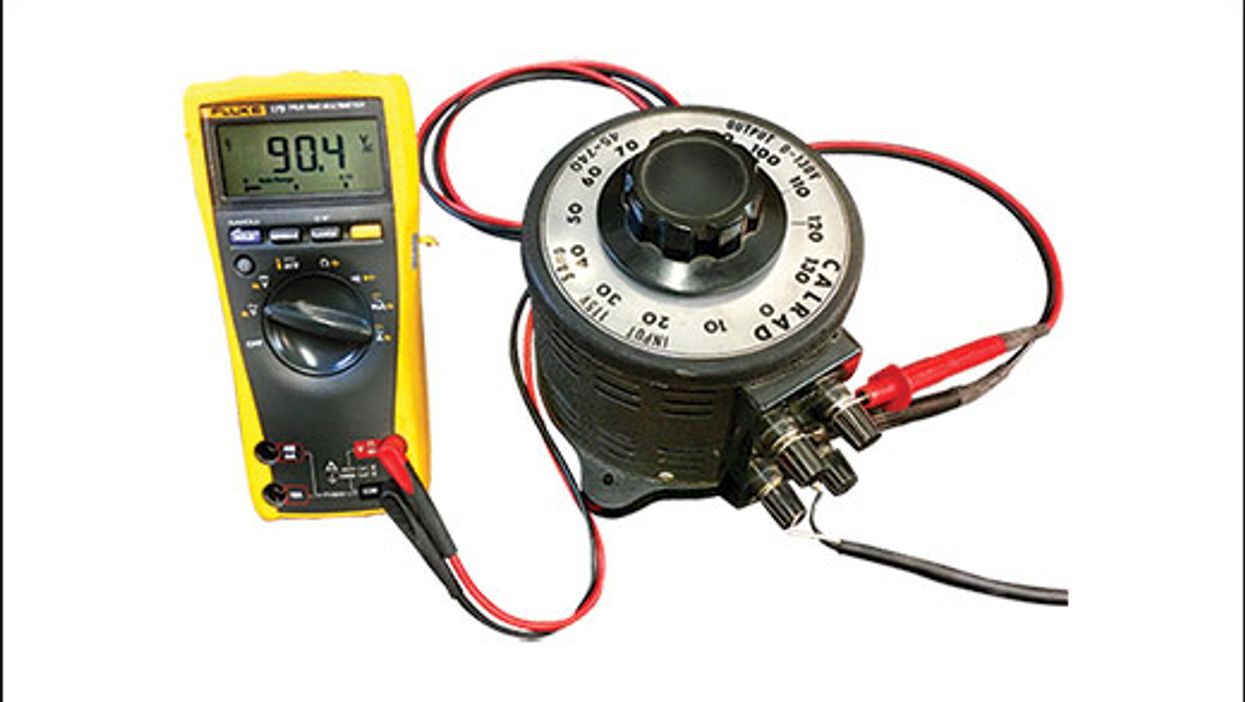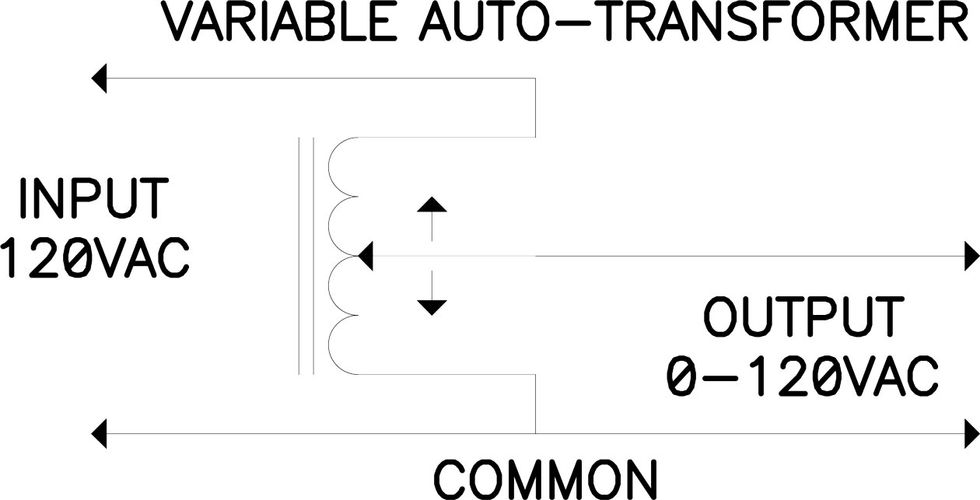In “Rockin’ the Reactive Load,” we saw how the reactive load determines the amp behavior, absent an actual speaker load, and how equalization shapes the speaker voicing that goes along with the electro-mechanical behavior. Speaker voicing can be simulated using an analog filter—a pre-determined set of peaks and dips that mimic a typical guitar speaker—or an impulse response (IR) model that can also capture subtle cab and speaker artifacts, such as cone cry and mechanical distortion. As always, there are benefits and disadvantages to each method.
Using modeling, we can recreate a room in the digital domain. We can also model how a speaker behaves in an enclosure and how a microphone behaves when placed close or far from a speaker or cab. In doing so, we’re able to play a real amp and record our performance into a plug-in virtual cab, mic, and room. So that’s everything, right? Not exactly. What we cannot model is the physical sensation of interacting with a real-world tube amplifier. This is due to the complex process performed by our brains, which involves spatial orientation, and how we react to volume.
When an amp is loud, we instinctively alter our pick attack to modulate volume and distortion. When recording a cranked amp model in a virtual room, we can adjust the monitor or headphone level up or down, which alters the sense of perceived loudness, and which can alter our pick attack, often increasing the tendency to dig in. So, besides the physical difference in sound or feel when playing a virtual amp in a virtual room, there is real change in psycho-acoustic perception—how our brains process what we hear and where we think we are in relation to the sound source.
Cab and room models or IR models are quite convincing, but they do have limitations. No matter how advanced the technology, our brains are still faster, more sophisticated and more specialized than microprocessors. The simple proof of this: When you play, you can detect latency—the time interval between pick attack and hearing/feeling the result of it—in a virtual amp model. With latency these days in the low milliseconds, it doesn’t seem plausible that such a miniscule delay would affect our playing, but it does. One of the most frequent criticisms players have about modeling is the feeling of delay between what they play and what they hear. When recording direct, it’s not as big an issue, but when playing live, the time between pick attack and sonic perception is more noticeable and can be a real distraction.
Cab and room models are often packaged together, so once we get hooked on the sound of a virtual cab miked in a virtual room, we tend to forget how things sound and feel in a real room, where we hear and feel the rig’s every nuance and inflection, along with sonic artifacts (sag, undertones, and ghost notes) that are fundamental to the sound we wish to achieve. Not only does listening to a raw amp expose the importance of all that window dressing, but it also makes obvious the difference in dynamic feel between real and virtual rigs, and especially the effect latency has on tactile feedback.
Now imagine you’re in a recording studio laying down a track. Everything about your performance is keyed off the sensation of playing the guitar through the amp (the “whole instrument” we’ve referenced before). Next, you go into the control room and hear the playback. You’re now hearing what you played, as picked up by the mic, in the studio space, through the monitors ... in another room! What you hear in the control room is a highly altered version of the performance you experienced in the room with the amp. Remember those convolutions we talked about last time? Those also occur between the mic and speaker, which technically makes that space another room.
Here is where an analog cab-sim filter becomes extremely useful. An analog cab sim delivers the raw amp sound absent what the mic/speaker convolutions add to the stew, and that’s a good thing to have at your fingertips. Being able to blend the analog cab sound and the virtual cab/mic sound is really the best of all worlds. Now the full benefit of the reactive load can be realized.
In terms of gear and methods of performing and recording at home, we have infinite possibilities—once we understand how the individual elements operate. Using old-school amp-slaving techniques, you can repurpose your existing amps—large or small—to create inspiring, dynamic tracks at whisper volumes. PG








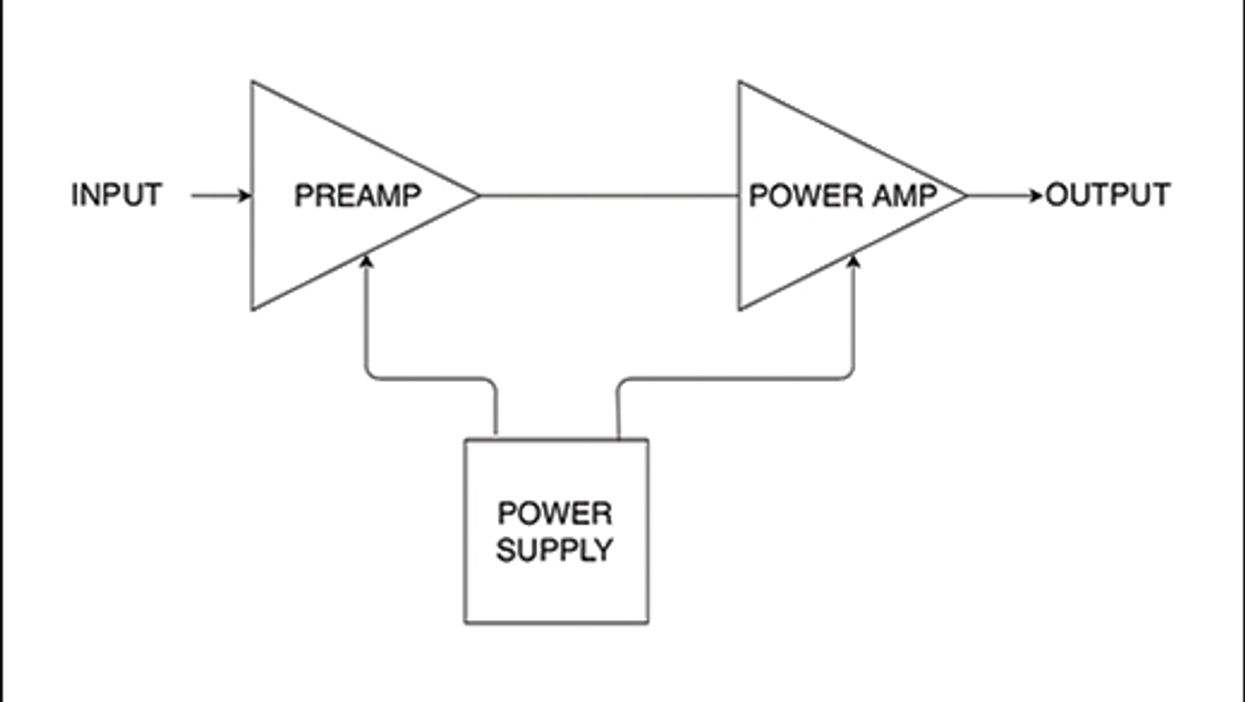
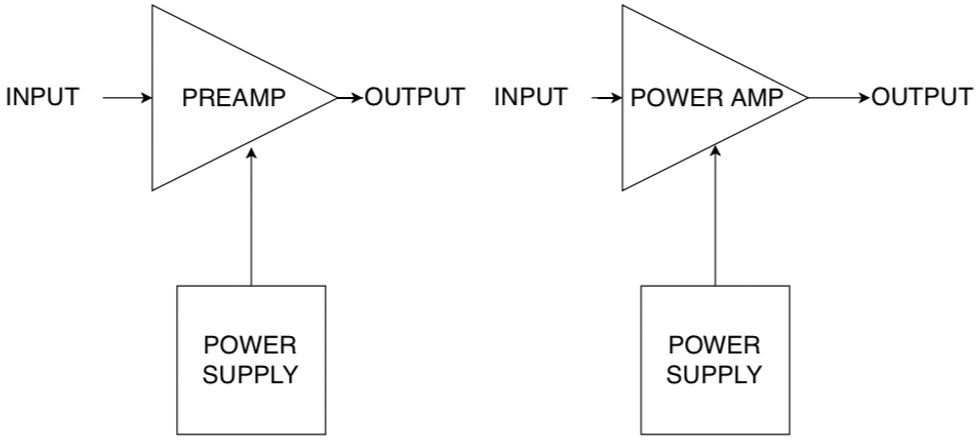


![Rig Rundown: Russian Circles’ Mike Sullivan [2025]](https://www.premierguitar.com/media-library/youtube.jpg?id=62303631&width=1245&height=700&quality=70&coordinates=0%2C0%2C0%2C0)



